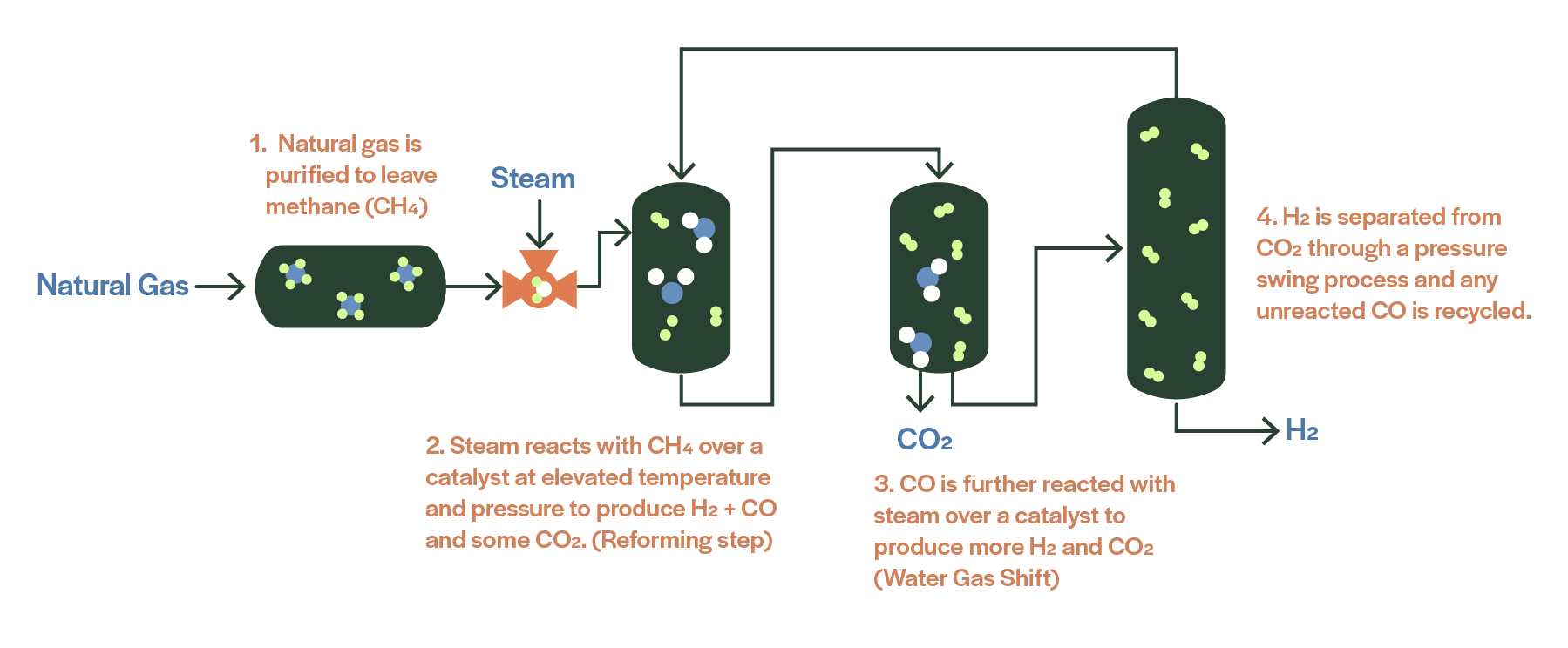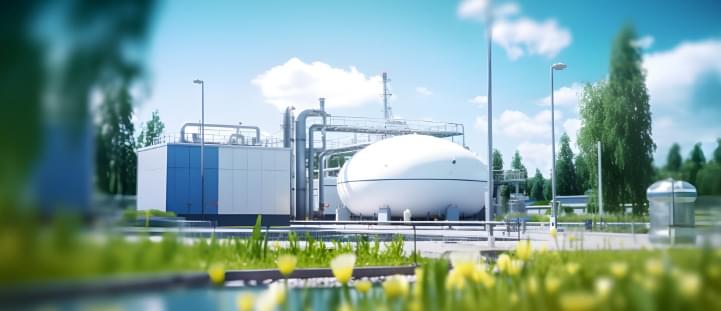
Geologic Storage
Hydrogen can be stored as a gas underground in empty salt caverns, depleted aquifers, or retired oil and gas fields. In fact, there’s a long precedent of storing gasses underground like this. It’s an ideal option for storing hydrogen for long periods of time. It’s one of the cheapest and largest scale options today, but it’s not available everywhere.
Learn More




